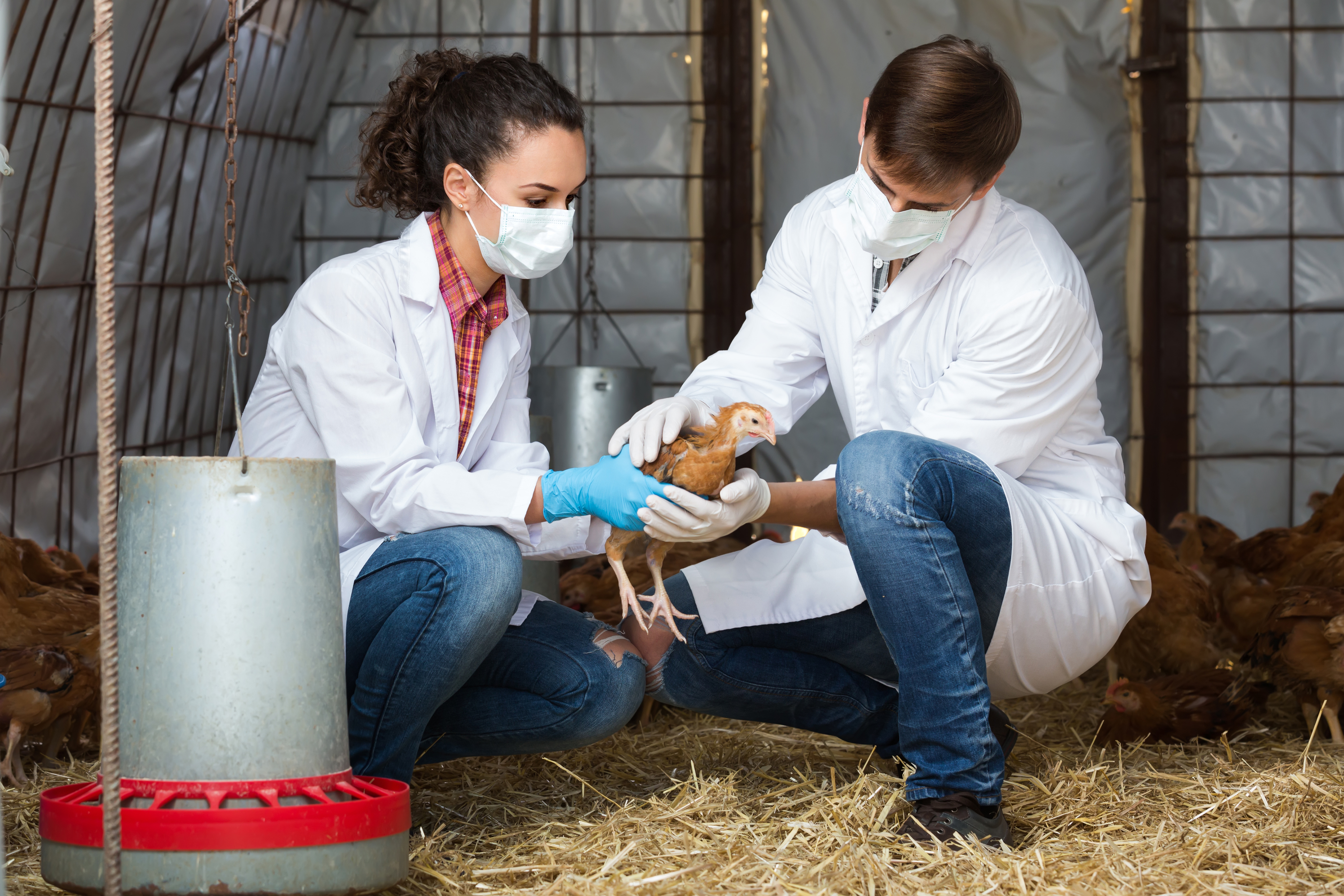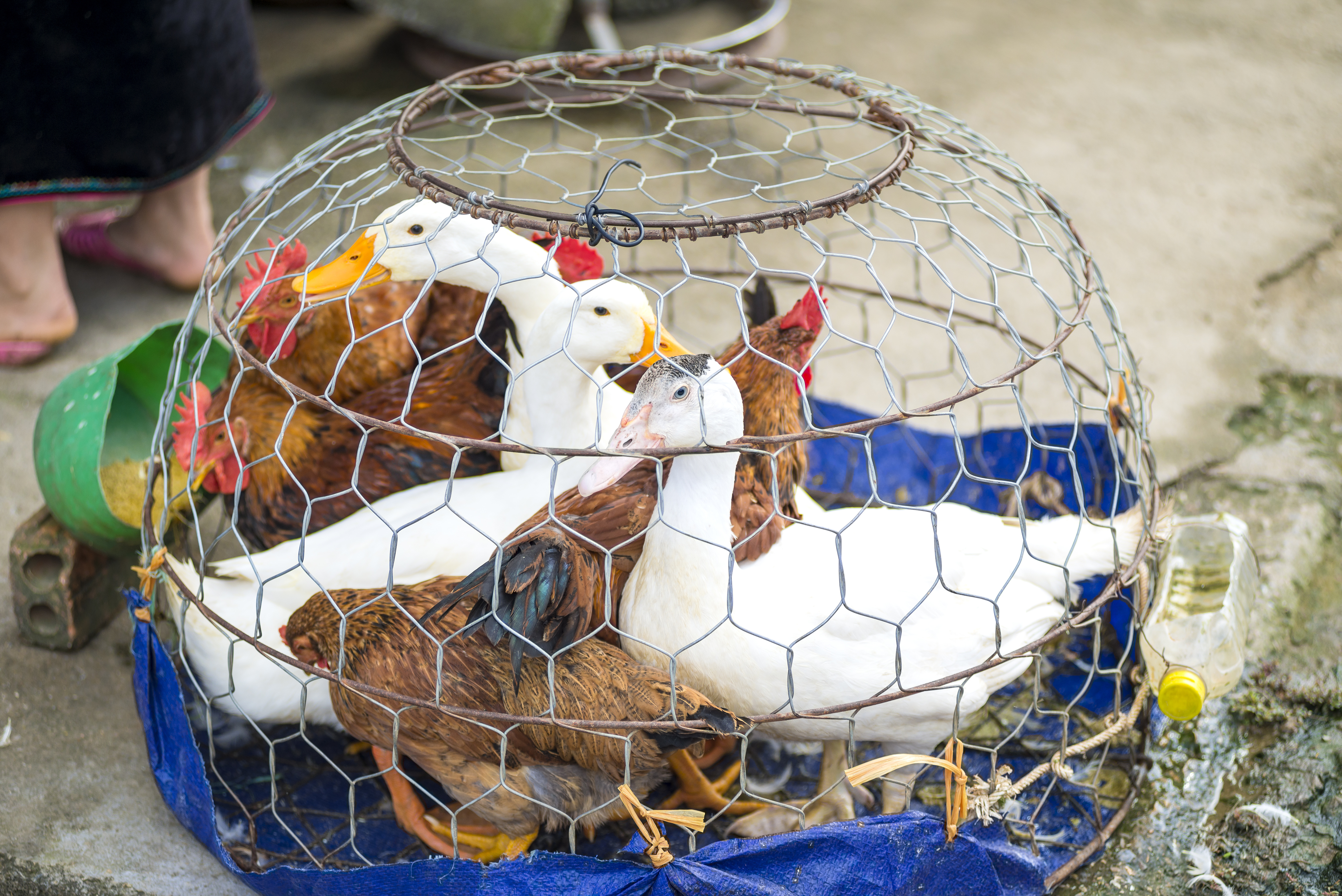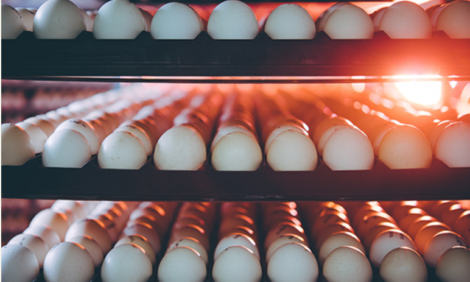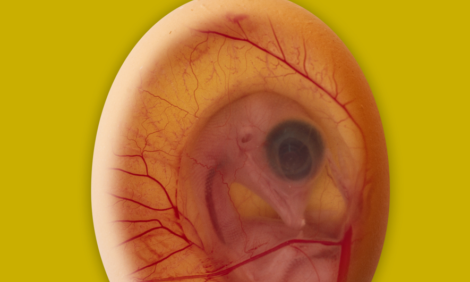



Netherlands reports outbreak of H5N8 bird flu at a poultry farm
After the latest outbreak of bird flu at a Dutch poultry farm, Wageningen Bioveterinary Research (WBVR) has updated its bird flu tracker and mitigation measures.Wageningen Bioveterinary Research (WBVR) has confirmed yet another introduction of bird flu in Dutch poultry. It concerns highly pathogenic H5N8 avian influenza at a bird pasture with poultry and water fowl in Vleuten.
To prevent the virus from spreading, the 56 infected animals in the pasture were culled by the Dutch Food and Consumer Product Safety Authority (NVWA). In the 10 kilometer zone around the pasture, there are no other poultry farms.

Transport ban
In the 10 kilometer zone a transport ban applies. This ban covers poultry, eggs, poultry manure and used bedding, as well as other animals and certain products from commercial poultry companies.
Overview of previous Dutch farms with bird flu
Below is an overview of previous bird flu infections on commercial poultry farms in the Netherlands in 2020/2021.
| Location | Type of farm | Number of animals | Type | Date test result |
|---|---|---|---|---|
| Weert | Turkeys | 13,000 | HPAI H5N8 | 21 May 2021 |
| Sint-Oedenrode | Laying hens | 35,000 | HPAI H5N8 | 22 Feb 2021 |
| Moergestel | Turkeys | 18,000 | HPAI H5N8 | 5 Jan 2021 |
| Buitenpost | Breeding farm - chickens | 28,000 | HPAI H5N1* | 15 Dec 2020 |
| Sint Annaparochie | Broilers | 21,000 | HPAI H5N8 | 7 Dec 2020 |
| Maasland | Chickens | 500 | HPAI H5N8 | 5 Dec 2020 |
| Hekendorp | Laying hens | 100,000 | HPAI H5N8 | 22 Nov 2020 |
| Witmarsum | Broilers | 90,000 | HPAI H5N8 | 21 Nov 2020 |
| Terwolde | Meat ducks | 20,000 | HPAI H5N8 | 13 Nov 2020 |
| Lutjegast | Laying hens | 48,000 | HPAI H5N8 | 10 Nov 2020 |
| Puiflijk | Laying hens | 100,000 | HPAI H5N8 | 5 Nov 2020 |
| Altforst | Broiler breeders | 35,700 | HPAI H5N8 | 29 Oct 2020 |
HPAI = highly pathogenic avian influenza
*H5N1 bird flu
The HPAI H5N1 virus at the farm in Buitenpost is the first introduction of this subtype virus in poultry in Europe. The H5N1 virus was found in several wild birds in the Netherlands. Genetic analyses shows that the virus in these wild birds is related to the HPAI H5N8 virus in the Netherlands. This H5N1 virus is not related to the virus that infected people in Asia. WBVR will will determine the entire genome sequence of the H5N1 virus found at the farm, and study the relationship with wild bird viruses in the Netherlands.

Measures
The obligation to house commercially kept poultry is withdrawn. It is still very important that appropriate hygiene measures are taken to minimise the risk of infection. For keepers of laying hens, breeding animals and broilers a stricter reporting obligation stays in place. They must report the loss of animals to the NVWA sooner. This allows bird flu infections to come to light earlier and reduces the risk of spreading.
Wild birds
In particular in the north of the Netherlands, sick or dead wild birds are currently still found that test positive for avian flu. These birds are sent and examined. The advice is not to pick up dead birds yourself, but to report this to the Dutch Wildlife Health Center or the NVWA. Every week the NVWA places an update on the website where dead wild birds are found that are infected with the virus. Or see the overview map by WBVR elsewhere on this page.









